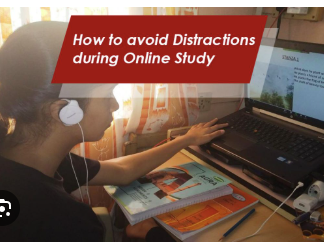Understanding your body’s hunger signals can make a big difference in how you eat and feel every day. True hunger is your body’s natural cue for nourishment—not to be confused with emotional cravings, boredom, or routine. Learning how to distinguish genuine hunger from other triggers helps you build a more mindful and supportive relationship with food.
Here are friendly, practical tips to help you recognize true hunger.
- Pay Attention to Physical Cues
True hunger usually starts with signals like:
- A growling or empty feeling in your stomach
- Low energy or slight lightheadedness
- Difficulty concentrating
- A gradual build-up over time
These signs tend to come on slowly and persist until you eat.
- Check the Clock
If it’s been a few hours since your last meal, your body may genuinely need more fuel. But if you just ate recently, check in with yourself to see if it might be a craving or habit instead. - Evaluate Your Emotions
Are you feeling stressed, tired, or bored? Emotional hunger often arises suddenly and is usually tied to specific comfort foods. True hunger is less specific and more about general nourishment. - Do the Apple Test
Ask yourself: “Would I eat an apple (or another simple food) right now?” If the answer is yes, you’re likely experiencing true hunger. If not, it might be an emotional or situational craving. - Drink Some Water
Sometimes thirst can disguise itself as hunger. Try drinking a glass of water and wait a few minutes. If you’re still hungry, it may be time to eat. - Observe the Timing of Your Hunger
True hunger develops gradually and doesn’t usually demand immediate satisfaction. Cravings tend to be sudden, intense, and focused on specific flavors like sweets or salty snacks. - Listen to Your Body After Eating
When you respond to true hunger with a balanced meal or snack, you should feel satisfied and energized—not overly full or sluggish. This reinforces the connection between eating and fueling your body well. - Create a Calm Eating Environment
By removing distractions and eating slowly, you give yourself time to recognize your hunger cues more clearly. This also helps prevent overeating. - Keep a Hunger Journal
Jot down when and why you eat for a few days. Patterns may emerge that reveal whether you’re eating out of true hunger or something else. - Be Gentle With Yourself
It’s okay to eat when you’re not truly hungry now and then. The goal is progress, not perfection. Learning your body’s cues takes time, and every step toward mindful eating is a positive one.
Final Thoughts
Recognizing true hunger is about tuning in, not restricting. With a bit of curiosity and kindness, you can better understand your body’s signals and respond in a way that supports your well-being. Trust your instincts, honor your hunger, and enjoy food as both nourishment and pleasure.






